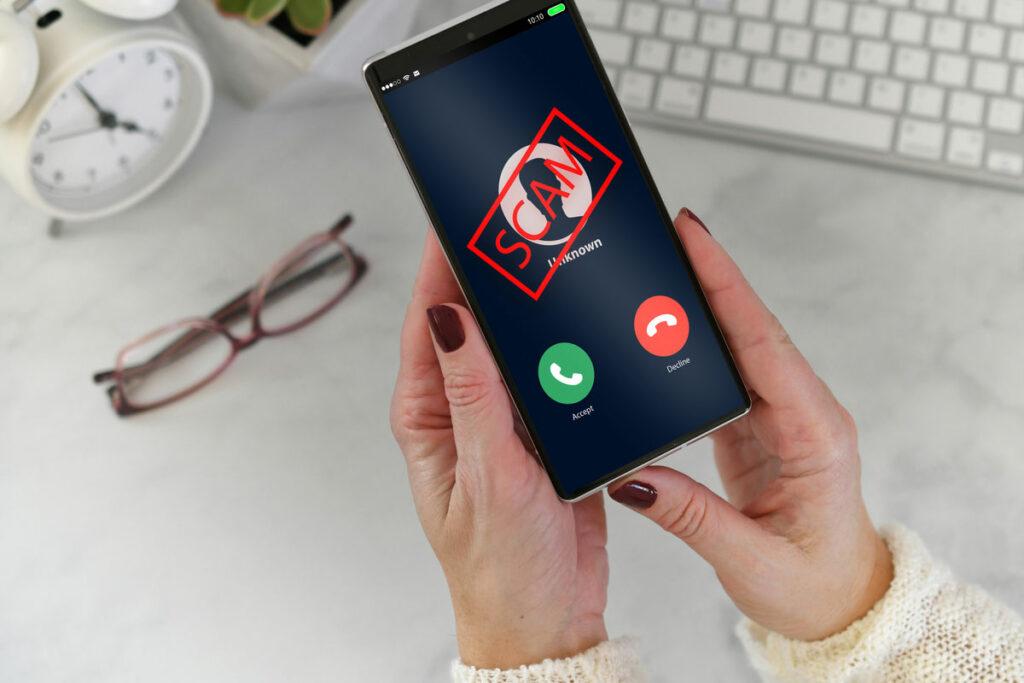
Every day we are bombarded with false messages that try to capture our attention and get into our wallets or our hearts. Creative scammers armed with sophisticated technology manipulate audio and video and make it harder and harder to determine what’s authentic. What’s real?
Two examples, one benign and one sinister caught my attention recently.
In the first case, the email subject line was irresistible. It offered an interview opportunity about my company for an article in a major news outlet. Of course, I opened it, then quickly realized this was nothing more than a very clever sales pitch for content marketing services. The email never mentioned the news opportunity and wanted me to schedule some time with the company’s founder.
On the darker side, a woman in Arizona received a disturbing call from her “daughter,” saying she’d been kidnapped while away on a trip. A man on the phone demanded a million dollars. When the hysterical mom called 911, the dispatcher recognized it as a scam. The growth of cheap, accessible artificial intelligence (AI) software has made it easy for bad actors to clone voices and create dialogue that sounds like purported victims. Fortunately, the young woman was safe, and no money left the family’s bank account.
At a time when our sense of reality and fiction is blurred, our best defense is to rely on our most human capabilities: our intellect, our instinct, our wits, and our ability to focus. We cannot be passive consumers of information or content.
Here are a few ways to spot communications fraud:
- Be a healthy skeptic.
Remember that phrase, trust but verify. Approach information with a critical mindset. Evaluate the evidence and logic behind claims before accepting them as true. Be skeptical even if something comes from a friend or family member. Ask questions. And don’t react based on emotion. - Investigate.
Check the source. Don’t click on links but turn to a browser and a search engine to see if you can find a company website or information about who’s reaching out to you. Look for reputable and trustworthy sources, such as well-established news organizations, official government websites, academic institutions, or expert opinions. And always check the email of the sender. It might say it’s coming from Joe CEO and then the actually address is from a fake account. - Check timestamps and context.
Misinformation may resurface with outdated or altered timestamps. Verify the date of a publication or other content to be sure the information is current and relevant. - Watch language and tone.
Falsehoods need oxygen to spread and that comes in the form of extreme language, the excessive use of exclamation marks, demands that point up risk or put a timetable on a response, and the most obvious giveaway – bad grammar. Real news and information from reliable sources tend to be delivered professionally and in a measured tone. - Pay close attention to the look and feel of video and audio.
Fake content often uses manipulated images and video. Look for inconsistencies, such as the mouth not moving in sync with the words or jumpy video that could be a sign it’s been edited. For audio, listen to the background noise. If the person is supposed to be calling from the bank and you hear the sound of waves, you know something isn’t right. In addition, poor quality audio edits can leave marks such as clicks, pops or distortions. - Trust your gut.
If something feels off, it probably is. When in doubt, ignore, delete, or make a call to someone to double-check. Better to be safe than sorry. If something is really on the level, the sender will come back to you in a way that earns your trust.
It’s easy to fall victim to scams and misinformation because they often prey on our deepest aspirations and emotions – a desire to make more money, keep our children safe, fulfill a dream, or stay out of trouble. When we can’t trust our senses of sight and sound, it’s even harder to navigate the world. Let’s lean in to our critical thinking and judgment superpowers to fight the battle against communications fraud.

